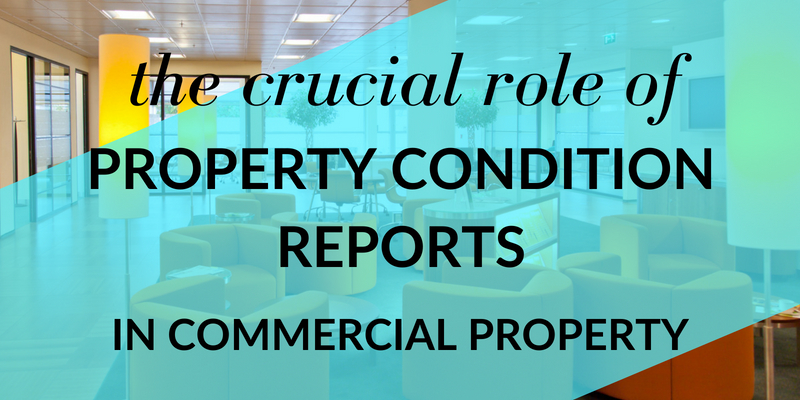
When you hear the words “Property Condition Report” or (PCR) you may not immediately think of Commercial Real Estate. Some Commercial Investors could argue that the make-good requirements in the lease are sufficient to protect the asset, but things aren’t always that simple.
A good Commercial Property Manager will always advise a Property Condition Report, let us explain why:
Fair wear and tear
When tenants vacate a property, they often say the condition is better than when they moved in. Sometimes this is the case, but sometimes it isn’t. Trying to determine the difference between ‘fair wear and tear’ is and ‘minor damage’ is almost impossible without a property condition report, especially when the owner, the tenant and the property manager all have different takes on the matter.
Damage
What happens when you have an issue with damage? The tenant insists the hole in the wall was already there when they moved in. You have a sneaking suspicion that the hole in the wall is from the air conditioner they installed and have since removed to install at their new premises. It’s much easier to clarify a dispute such as this when you have a property condition report you can rely on.
Disputes
The PCR photos from before the tenant moved in show a perfectly polished concrete floor, but when it comes time for property handover, it’s discovered that carpet has been glued down to the floor with adhesive. Lucky for you, you have a property condition report signed and dated by the tenant so there is no dispute about the condition of the floor upon lease commencement.
Fitout
Maybe your property was leased with an expensive fit-out, or perhaps your premium, platinum gold light fittings have suddenly been replaced with cheap aluminium ones. If you want to ensure that the fixtures and fittings are the same when your tenant vacates, you’re in a much better position with an accurate Commercial Property Condition Report to reflect that.
Gardens
You might recall leasing your commercial investment property with beautifully manicured and well established gardens and lawn. At the end of the lease, however it’s a different story altogether. The verge looks more a four wheel drive testing track, and the garden bed are nothing but storage vessels for mulch. The tenant has been there for 5 years and claims “that’s how they’ve always been” Fortunately you have not only a PCR, but also a hefty Bond.
Painting
You would be surprised at how some people interpret the phrase ‘paint all painted surfaces’. Some tenants take it as… roll one layer of white paint over a bright red wall, and they feel the resulting flamingo pink is perfectly acceptable. Having a PCR means you can refer back to the paint colour at lease commencement and, thus, what colour they should be at the end of the lease.
Signage
This one seems pretty simple: If you put a sign up during the tenancy, then please take it down.
But what happens when the tenant removes signage and it peels an old layer of paint off the building. The tenant argues that the surface underneath their sign was always in that condition. Let’s check the PCR shall we?
Time
Sometimes it’s as simple as wanting to save time and hassle. A Property Condition Report saves time because the condition at the beginning of the lease was agreed upon between all parties prior to lease commencement.
Everyone knows that time equals money, so avoid costly and time-consuming disputes by adequately documenting the condition of your commercial premises prior to a tenant taking possession. Well maintained properties preserve their capital value and benefit from reduced vacancy rates. It’s just good business practice.
